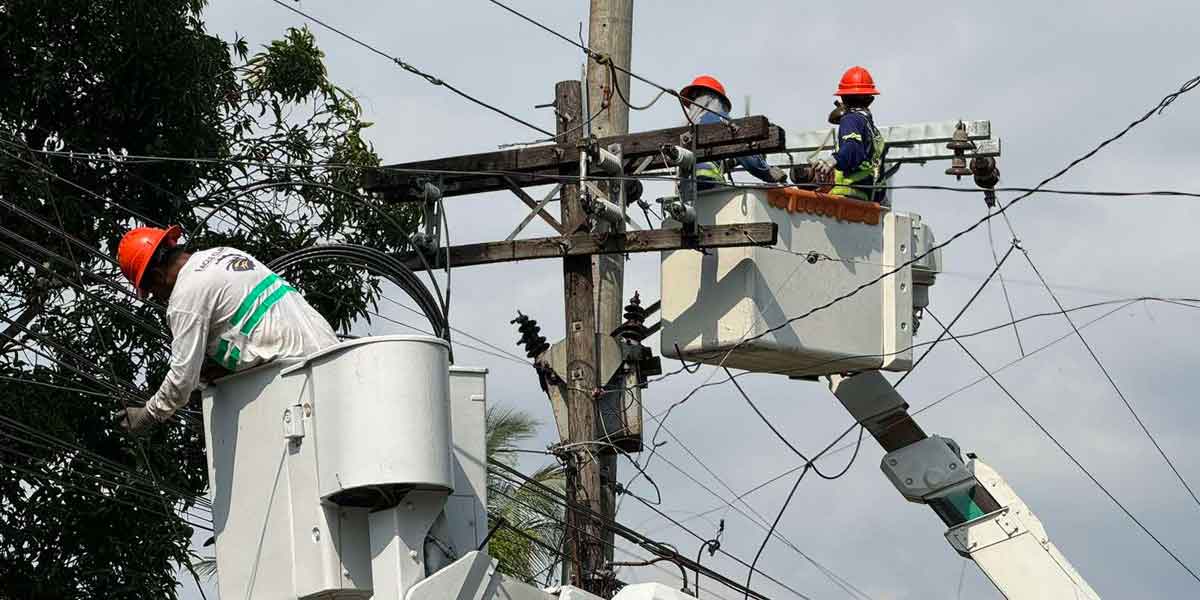 By Dr. Rex Casiple
By Dr. Rex Casiple
Latest report showed that 4.5 million Filipinos more or less were vaccinated from the start of government vaccination program in March 2021, or three (3) months ago. This revealed that around 1.5 million Filipinos are vaccinated in a month. Experts said that around 70 million more Filipinos to be vaccinated in order to reach herd immunity.
In line with this, there is a need for the government to create a strategic plan to reach our goal for herd immunity as early as possible. President Rodrigo Roa Duterte pronounced a no vaccine, no class policy or no school opening would happen without a vaccine. However, Filipino students are not on the priority list of those who received the first vaccine. In more than a year of series of lockdowns, the mental health of students is getting affected.
Education frontliners of colleges and universities are part of the priority groups scheduled for vaccination during the availability of vaccine supplies. This is to recognize the value of educational institutions in our countries economy and the importance of quality graduates to be added to our labor force next year.
Around 60 medical schools in the country have been given approval by the government to conduct limited in-person classes for medical and allied health programs. The resumption of in-person classes at medical schools was to ensure that the country had enough doctors to cope with the COVID-19 pandemic. In preparation for the possibility of holding limited face-to-face classes for selected medical and allied health courses in academic year (AY) 2021-2022, there is a need also to include in the vaccination program priority list the security guards, maintenance personnel and other employees of the higher education institution (HEIs).
Along with the medical and allied health courses, the government is looking to expand the implementation of limited face-to-face classes to include engineering, information technology, industrial technology and maritime programs. These are degree programs with a lot of hands-on activities that cannot be delivered virtually.
Several countries in the world are concerned about the effects of prolonged university closures on the quality of higher education. They are reviewing their policies and thinking of prioritizing vaccination of students to enable them to take part in face-to-face classes. Countries around South and Southeast Asia are looking to vaccinate students to keep universities functioning after over a year of disruption and are hoping to keep online-only courses to a minimum. In India, some state universities plan to vaccinate almost 370,000 university and college students aged eighteen (18) to twenty-five (25). Vaccinations are taking place on university campuses. This is to avoid crowds in vaccination centers.
In China, students leaving for studies abroad are being prioritized for vaccines. In Hong Kong vaccine eligibility has also been extended to students. Students at residential colleges need to be tested every 14 days at their own expense if they have not been vaccinated. Bangladesh government plans to vaccinate college and university students before the institutions re-open. Bangladesh signed a deal with the Serum Institute of India for 30 million doses.
Thailand was working on a plan to vaccinate all students as well as people living near universities, with vaccination centers being set up at selected campuses. The aim was for the universities to open in June and offer face-to-face classes depending on the COVID-situation in the areas where the institutions are located. In Singapore, education officials work with the ministry of health to expand vaccination to staff and students in the education sector.
In April 2021 the United Nations Educational, Scientific and Cultural Organization (UNESCO) urged all countries to prioritize teachers in national COVID-19 vaccine roll-out plans. In Vietnam, the country’s teachers are among the priority groups for its vaccine roll-out.
These are good practices of the other countries to improve quality higher education as they recover from the COVID-19 pandemic, that need to be replicated here in the Philippines.




















